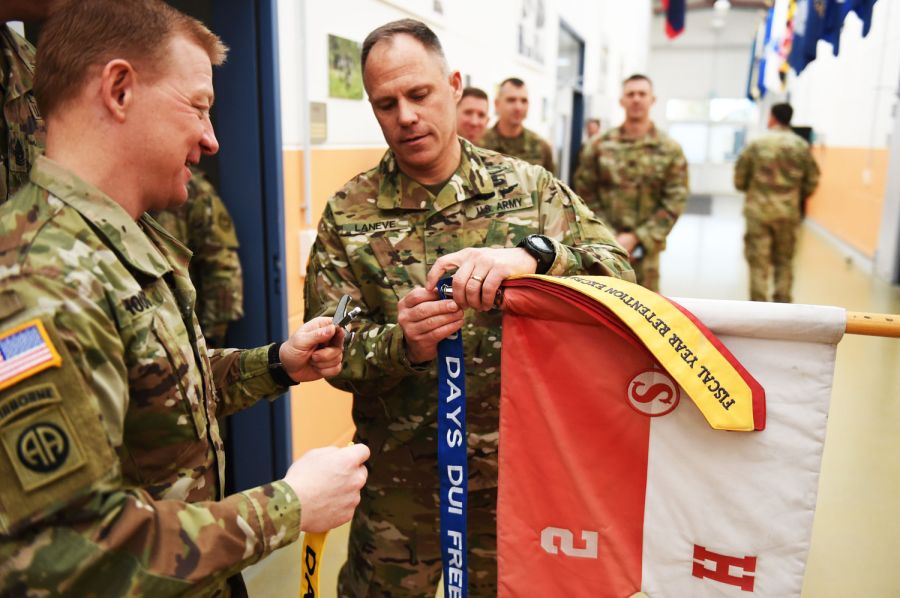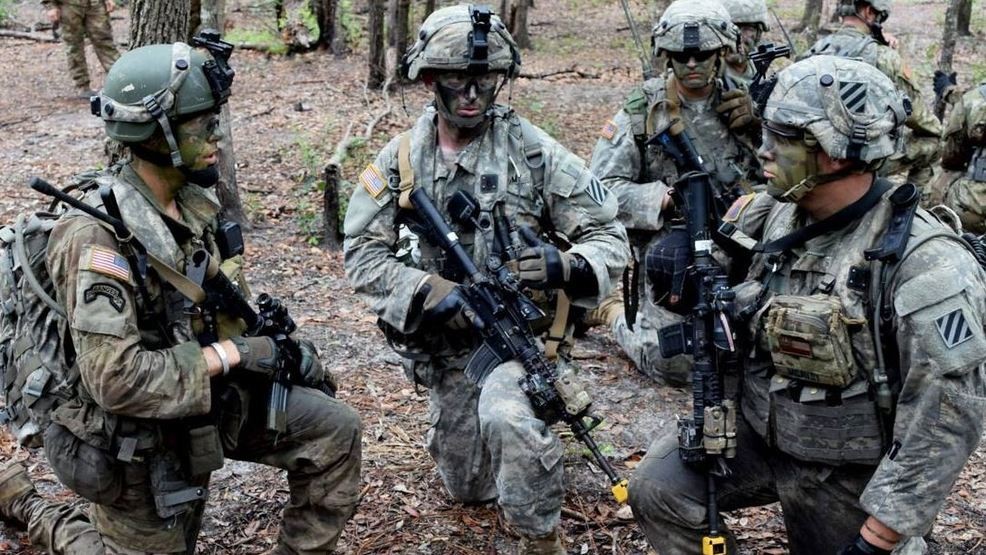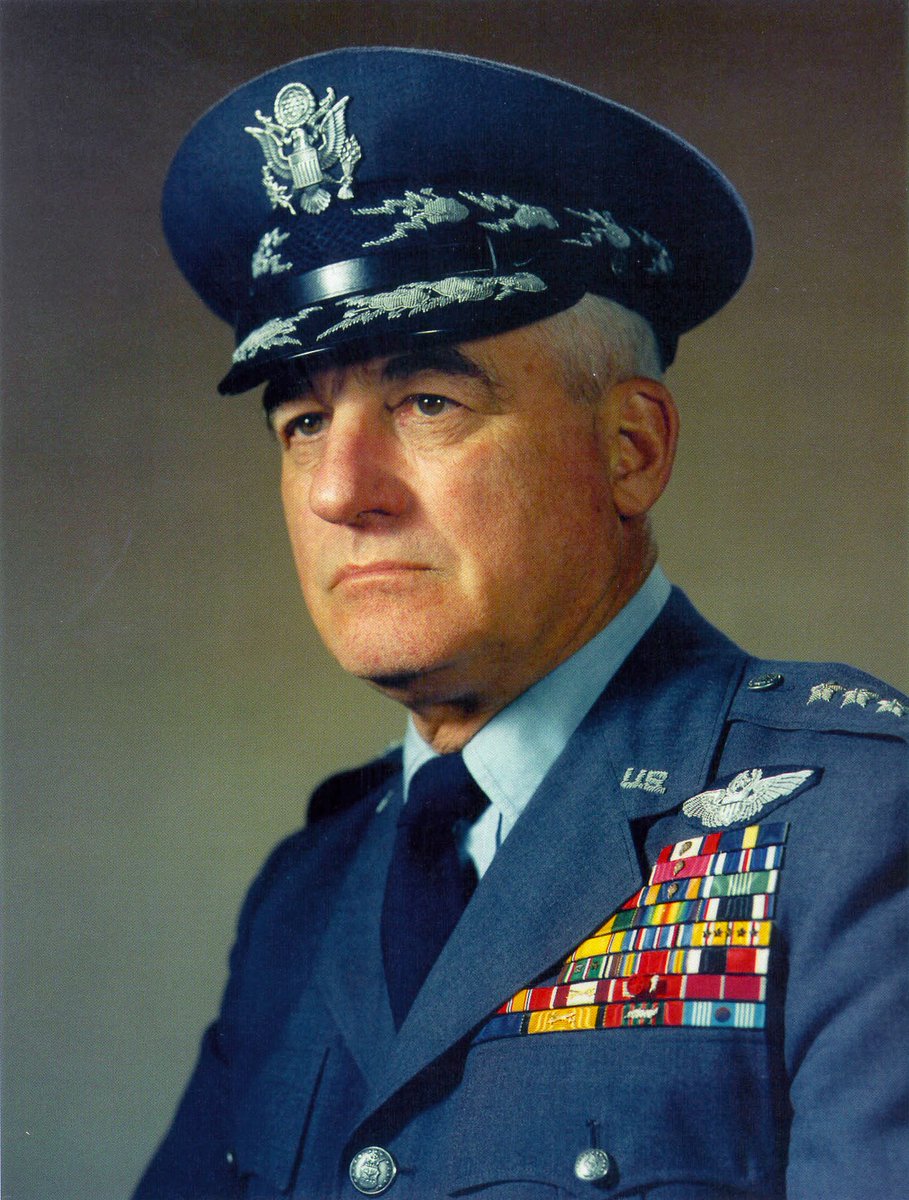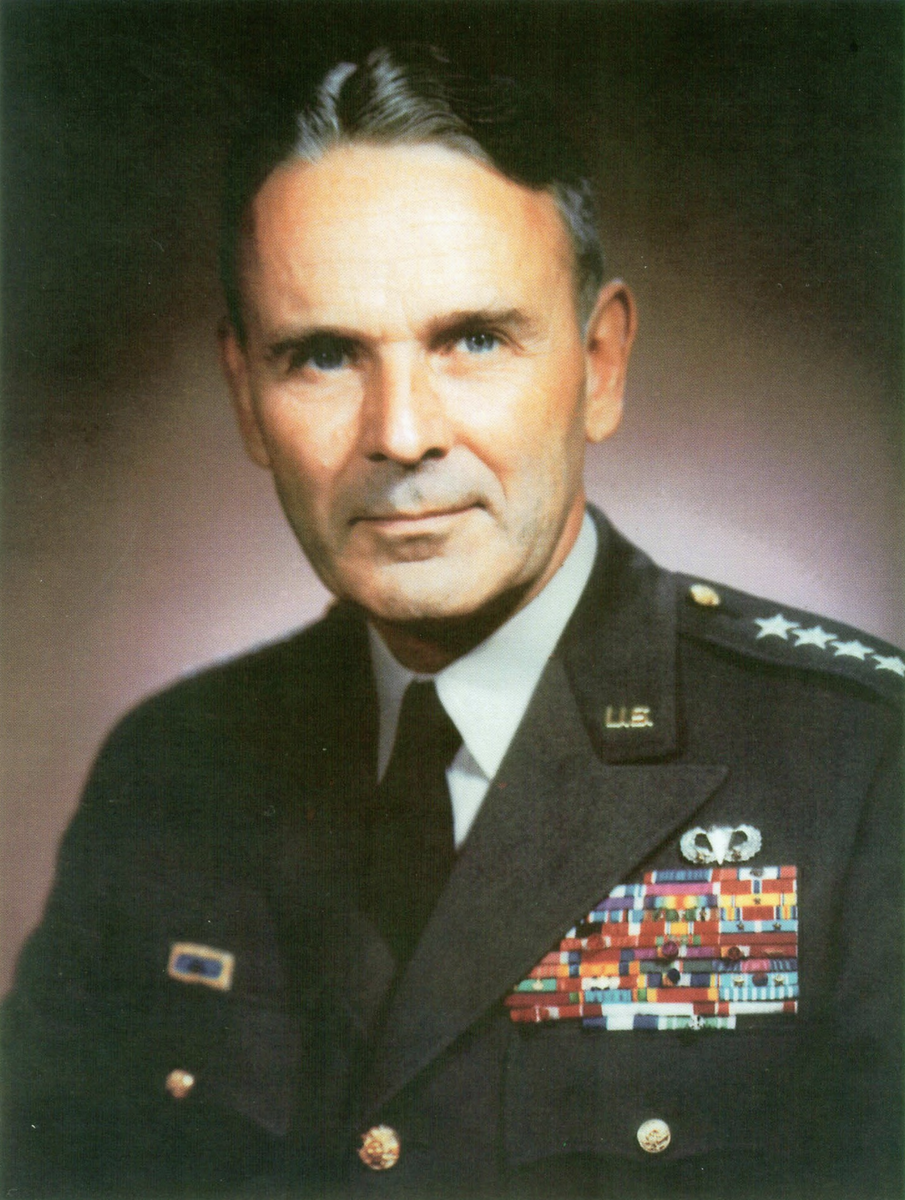Welcome back! We’re going to start with a little recap because we know some of this (or all of it) is new material for much of our audience and we want to make it easier to enjoy.
To accommodate this, the Pentomic Division contains different units within a single division that should reduce delays caused by communications between different commands. The first to be reorganized in this way was the @101stAASLTDIV
Yesterday we discussed CARS, the Combined Arms Regimental System, also from 1957. This was a way to maintain traditional US Army lineage, which would have otherwise been lost by the Pentomic reorganization.
In late 1960, John F. Kennedy won the presidential election, and by December the Army was looking at ways to reorganize again. Changes to Army structure were required to accommodate Kennedy’s “Flexible Response” plan.
The Army came up with Reorganization Objective Army Divisions or ROAD. This process began research and planning in 1960 and was implemented in 1965. And once again, the @101STAASLTDIV was first to reorganize.
Interestingly, Maxwell Taylor, who developed the Pentomic concept, also came up with ROAD, Pentomic’s correction, while serving as Army Chief of Staff.
In 1961, JFK was so enamored with Taylor that he pulled the retired general back to Active Duty and created a job for him as military representative to the president.
While in this job, Taylor urged JFK to push ROAD on the US Army. Then-Army Chief of Staff George Decker was also sold on the concept.
So, Taylor came up with both concepts, Pentomic and ROAD. He got both pushed on the Army. And both times, the @101stAASLTDIV was first to see the changes.
ROAD was intended to “correct” the Pentomic concept. The main weakness in the Pentomic concept was the lack of combat power – in a conventional battle with an enemy armored force, the Pentomic concept left us with too many weak spots.
ROAD featured a common support base for Infantry, Mechanized, and Armored Divisions. This includes Airborne and Cavalry Divisions.
The common support base included a Division Headquarters, Division Artillery, an Engineer Battalion, an Aviation Battalion, and other support elements. See where this is going?
Each ROAD division also had three maneuver combat brigade headquarters. Maneuver battalions were attached to these brigades.
In principle, mostly only the mixture of maneuver battalions differed from one division to the next.
▪️ 10 for Infantry (8 Mechanized & 2 Tank Battalions)
▪️ 10 for Mechanized (7 Mech. & 6 Tank Battalions)
▪️ 11 for Armored Divisions (5 Mech. & 6 Tank Battalions)
All supply and technical support elements were gathered under a single commander for the first time, forming the Division Support Command.
Aviation assets were 2x those of the Pentomic divisions 🚁
In combat, the ROAD divisions were Task Organized – maneuver battalions and other elements were attached to one of the three combat brigade headquarters as needed.
Administratively, each battalion reported directly to Division HQ. Brigade HQ served only to direct maneuver and combat.
ROAD divisions were intended to have the versatility and flexibility needed in order to operate in all environments, against conventional heavy forces in Europe, or against lighter conventional forces or unconventional / guerrilla threats worldwide.
These ROAD divisions were configured to function in non-nuclear environments, but COULD convert to nuclear readiness IF NECESSARY. This was the opposite of the Pentomic division, which was focused on the perceived threat of nuclear war.
This ROAD reorganization was made possible by the authorization to increase Army strength by 31,000 troops during Kennedy’s presidency, 1961-1963. The increase would bring the US Army to about 960,000 Soldiers.
Army budgets were increased during the same time period by $12-billion. All this also made it possible to form two new ROAD divisions.
Yesterday we talked about CARS, the Combined Arms Regimental System, and how that was designed to retain the traditional lineage of units despite reorganizing.
In 1878, the War Department published the findings of the Hancock Board, which basically made Regiments the principal repositories of unit lineages, honors, and histories.
The Hancock Board’s findings assigned lineage to all regiments. And the CARS process (1957) was directly linked to the Hancock Board.
This is going to get a little complex but bear with us and we’ll try to simplify as much as possible without losing anything important (hopefully😬).
Under CARS, each new element could trace its lineage from one of the original companies of a pre-1957 tactical regiment.
Each company, battery, or troop in an old regiment was reorganized as the Headquarters and Headquarters element of a new Battle Group, Battalion, or Squadron in the new regiment.
For clarity, let’s explain these terms because we’re about to use them a lot.
The term “company” is usually replaced with “battery” when talking about an Artillery unit. And when it’s Cavalry, the term “troop” is usually used instead of “company”.
This is why you may see some of #MilTwitter mention a “Troop Command” while others talk about a “Battery Command” but many say a “Company Command”.
If the company is a Cavalry unit (Armored or Air) of similar size, it is generally called a Squadron. So when we see/hear “squadron” we generally think “Cav” but understand it to be like a battalion.
Brigades typically contain 2000 to 5000 soldiers, that are usually divided between 3 to 5 battalions. Commanders of brigades and regiments are Colonels.
You may have heard the term “Brigade Combat Team” or BCT. The BCT is the basic deployable unit of maneuver in the Army. armytimes.com/news/your-army…
Under ROAD, the battalion became the basic tactical unit, and the brigade became the principle instrument of garrison administration. This made the brigade responsible for training, recruiting, and centralized command during wartime. THIS HAS NEVER CHANGED.
One good thing about ROAD is that it allowed the Division to train as it would fight, in a Task Organized fashion. (Team Yankee does a pretty good job demonstrating Task Organization, actually. And it has tanks.) #TankTwitter
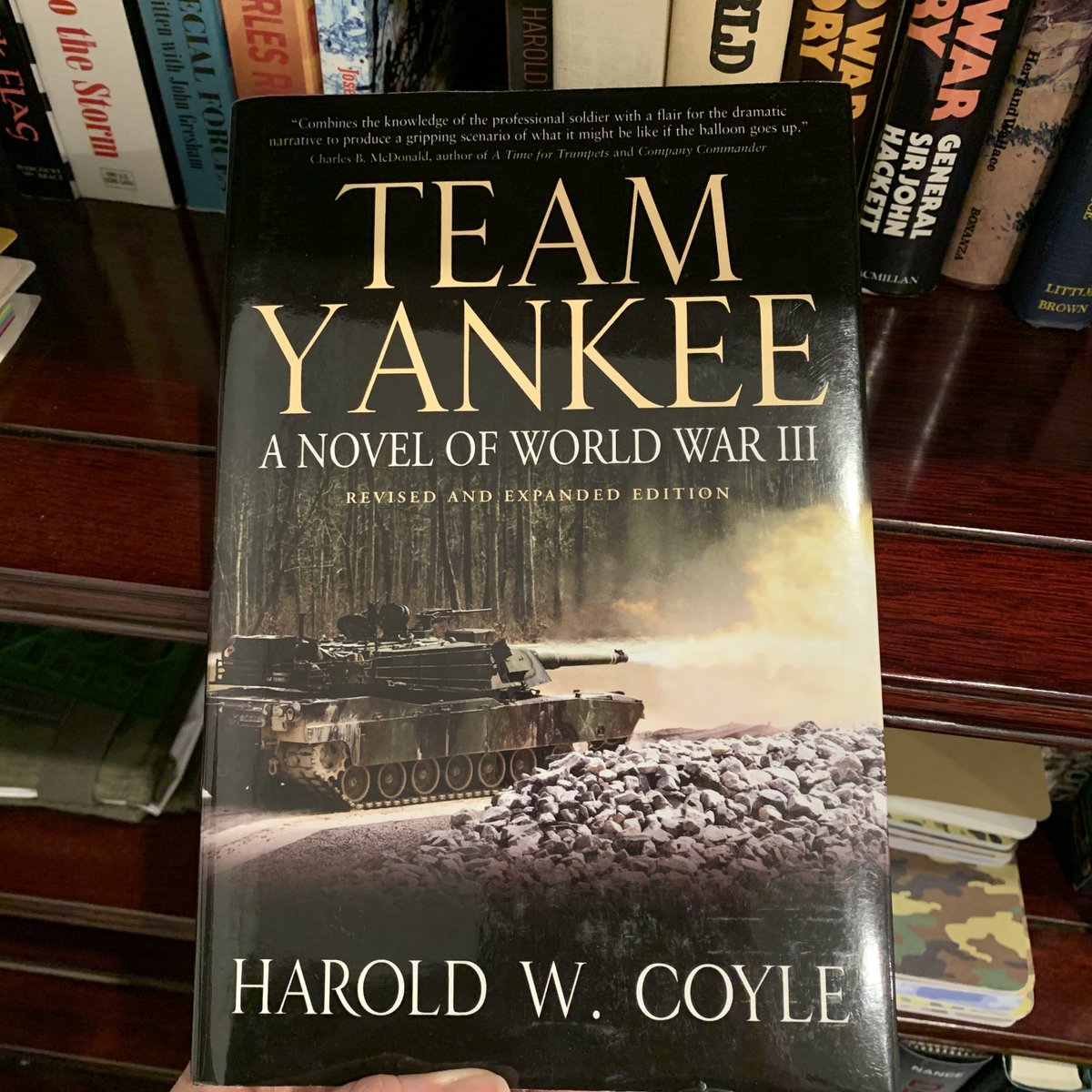
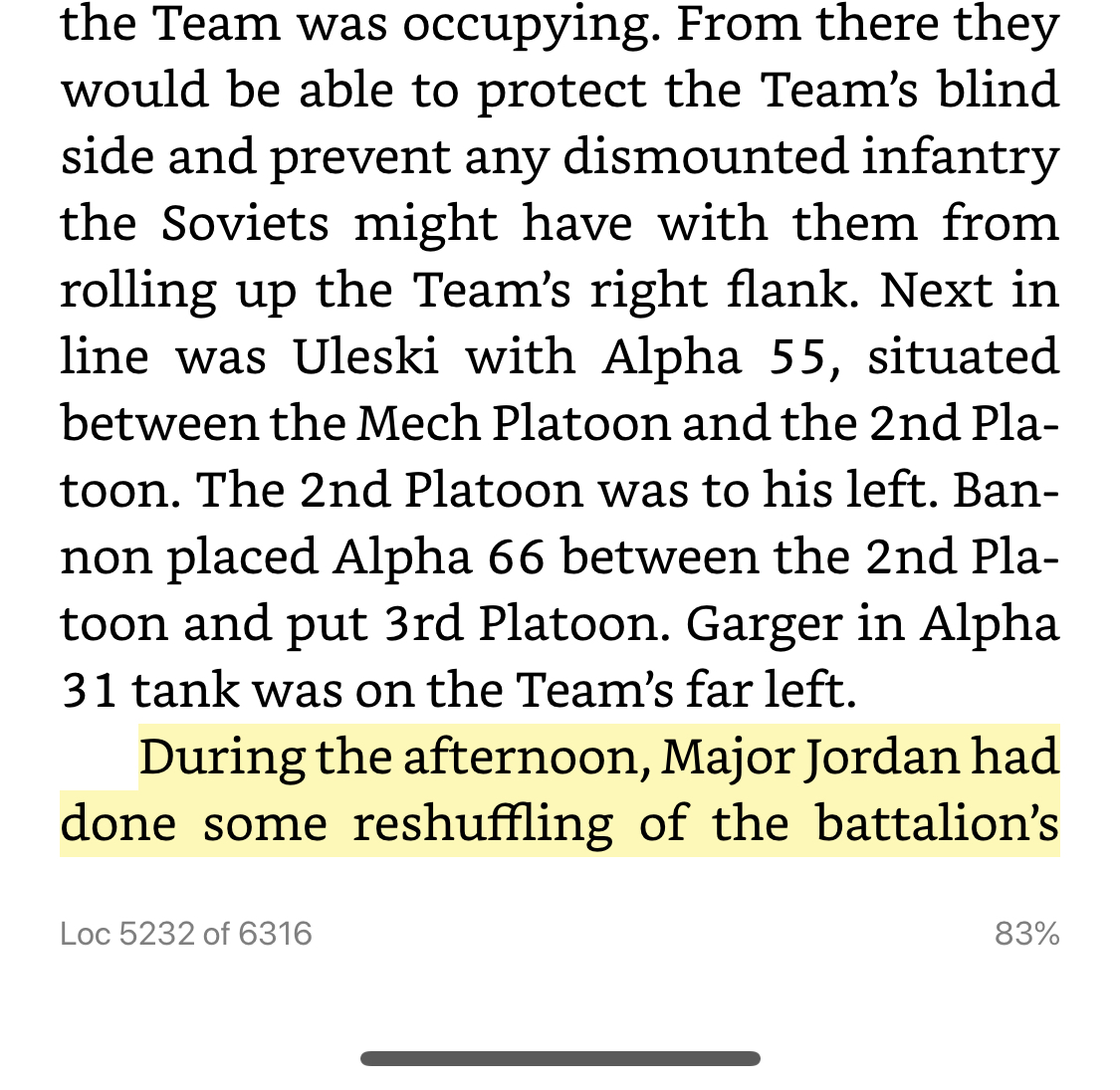
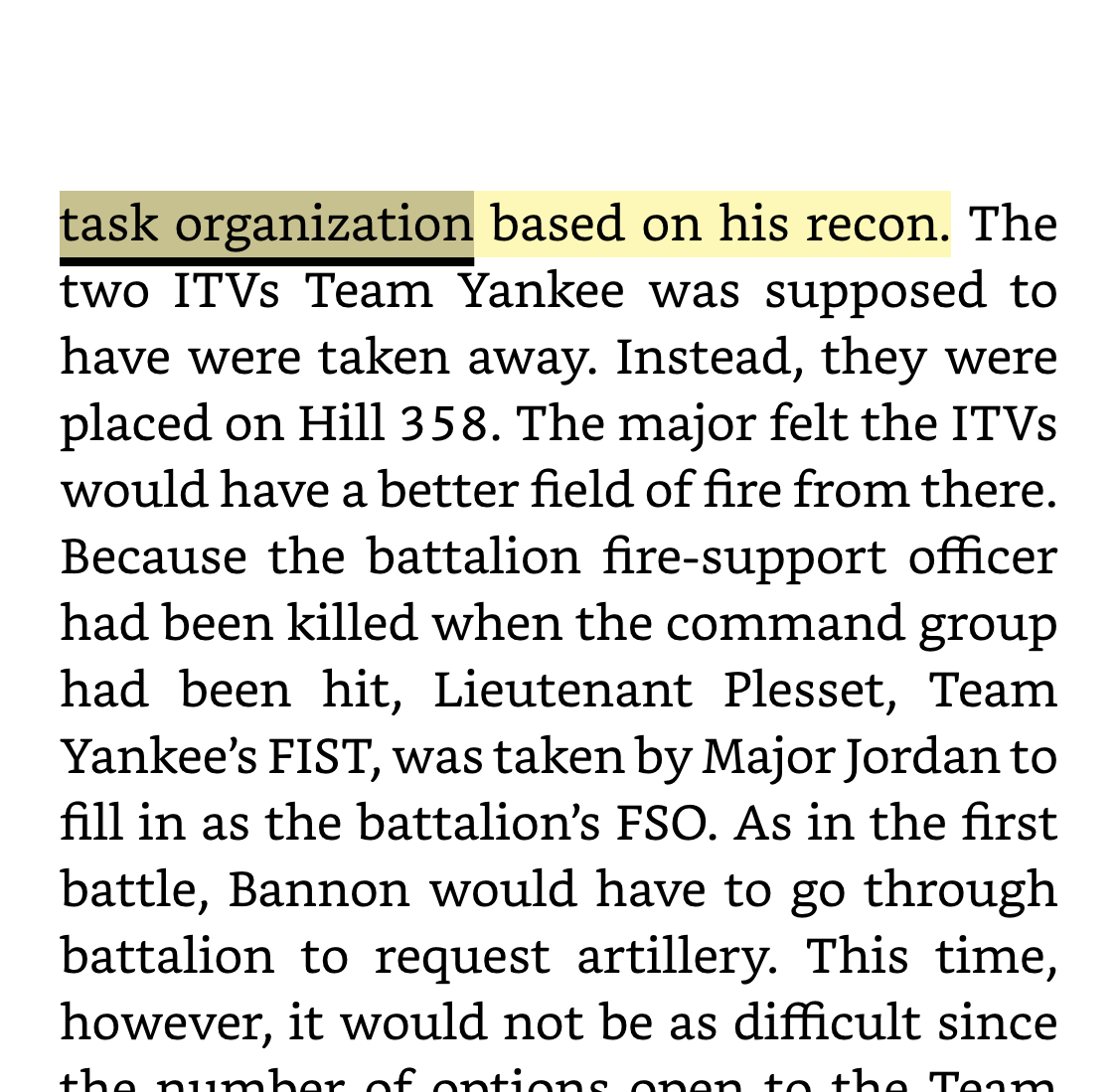
Now, we’ve mentioned Battle Groups and should probably explain that one too. Under the Pentomic division structure, the core of the Division was 5 Infantry Battle Groups, each with 5 Infantry companies, a HQ, a maintenance company, and a mortar battery.
Each Battle Group had about 1300 soldiers. So a Battle Group was basically a big battalion that reported directly to Division.
Each of the old companies, batteries, or troops of a former regiment also had the capability of becoming a separate company, battery, or troop in the new regiment. history.army.mil/html/forcestru…
For example, Company A, 14th Infantry was redesignated (in 1957) “Headquarters and Headquarters Company (HHC), 1st Battle Group, 14th Infantry”, and this tied the new battle group to the lineage and honors of Company A.
The line companies of 1st Battle Group, 14th Infantry were then constituted and activated as new units, having no direct tie to the pre-1957 14th Infantry companies.
Company B and Company C, 14th Infantry were used to activate the 2nd and 3rd Battle Groups, 14th Infantry.
A separate company was required for the Army Reserve. To accommodate this, Company D, 14th Infantry was activated but without any changes to its designation.
Control of the regiment headquarters was transferred to the Department of the Army.
A regiment that was not organized under CARS had a fixed number of organic elements, organized into battalions or squadrons. This is basically the difference between a regiment and a brigade organized under ROAD.
A Brigade, on the other hand, is more flexible with its organizational structure. It has no organic, permanently assigned elements.
A Brigade may have several different kinds of units attached to it, such as 3 Infantry Battalions, a Cavalry Troop, an Engineer Company, and other supporting units. The maneuver units (Infantry, Armor) do not have to come from the same regiment.
In tactical structure, a Brigade is very similar to the Regimental Combat Team of World War II or Korea.
Since a Brigade is flexible (except for the HHC) no two Brigades need to be alike. In contrast, all Regiments are fixed, with organic elements provided for under basic tables of organization and equipment.
Now, yesterday we talked about the two-factor criteria for regiments under CARS. One point for each year since the original organization, and two points for each campaign and American decoration.
The regiments with the most points were chosen for inclusion into the Combined Arms Regimental System (CARS).
The losers would be forgotten about under new units are needed.
With this system, the Army knew it was getting the most storied regiments, some even went back to the Mexican-American War (1846-48). Because of these long histories, things can get confusing when trying to explain them.
history.com/topics/mexican…
And we mean really long histories. Regiments have histories longer than the battalions of brigades.
For example, looking at 5th Cavalry Regiment, their history goes back to 1855. first-team.us/assigned/subun…
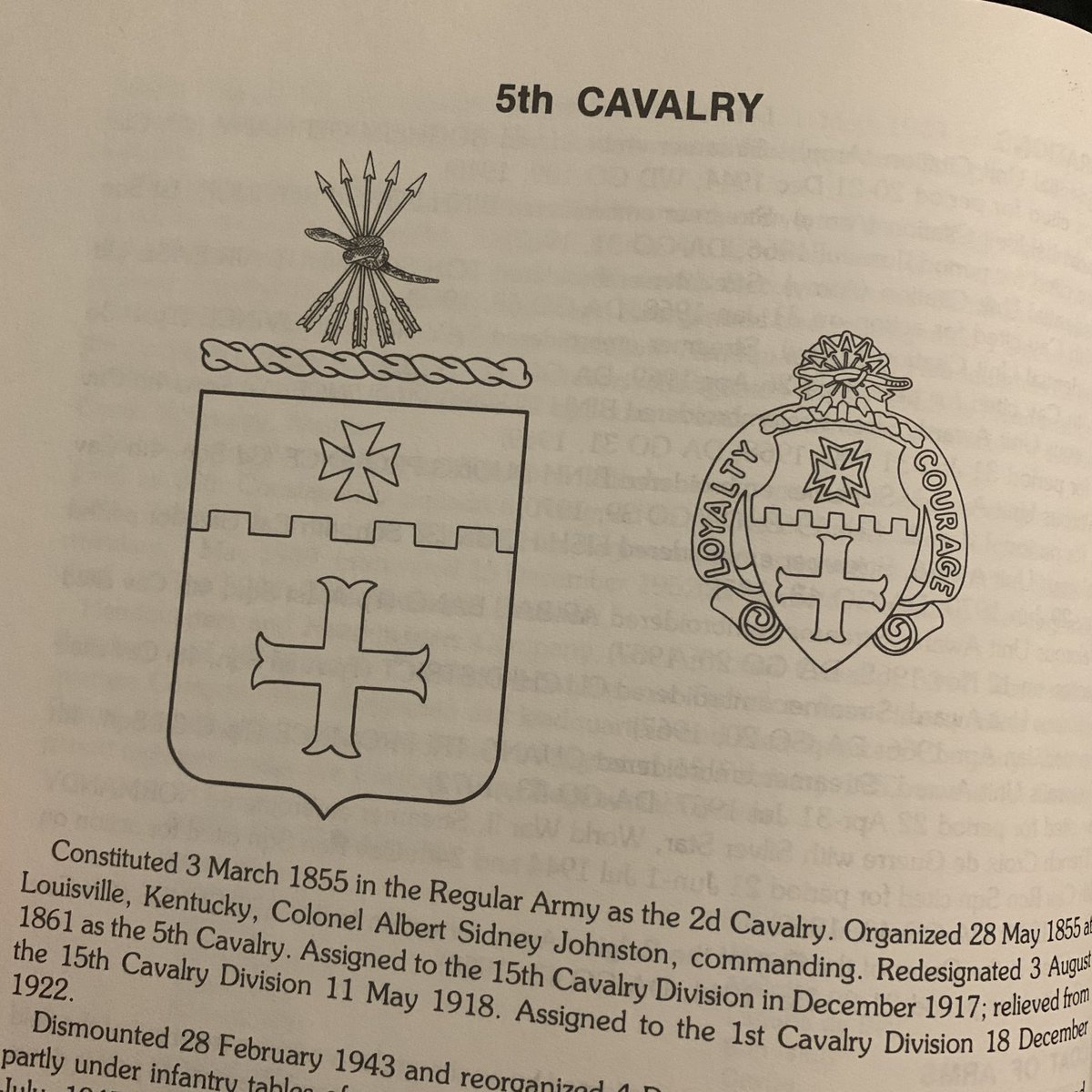
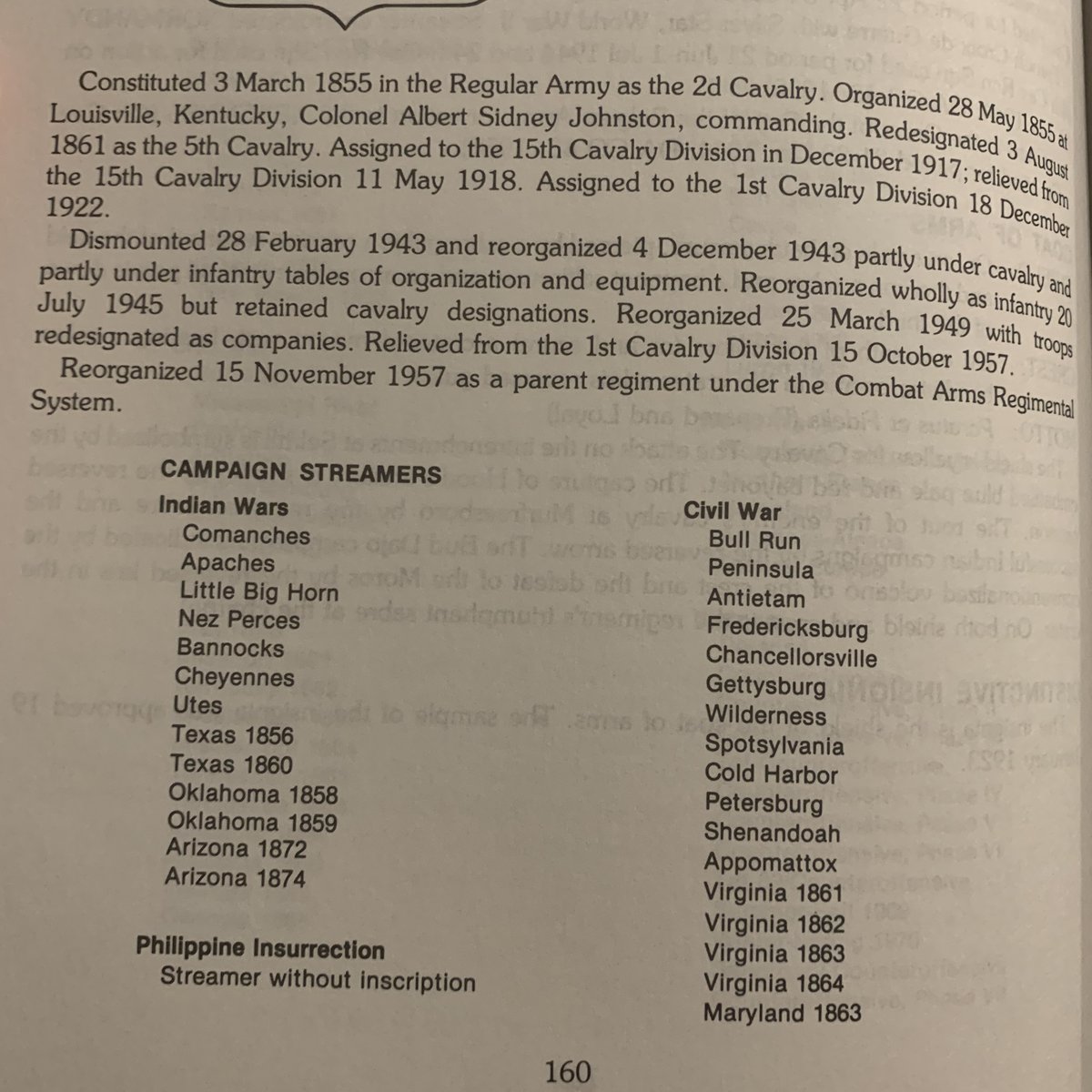
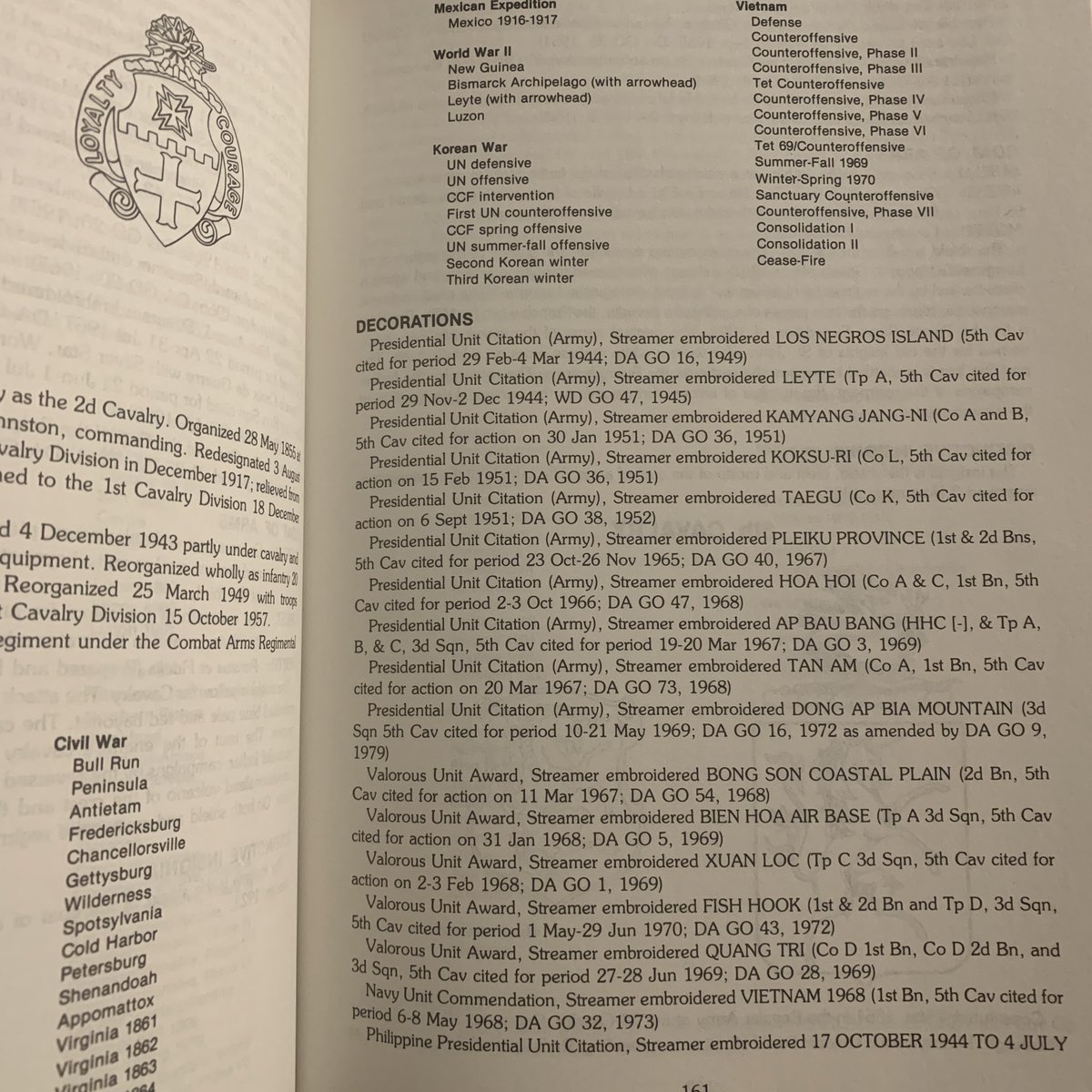
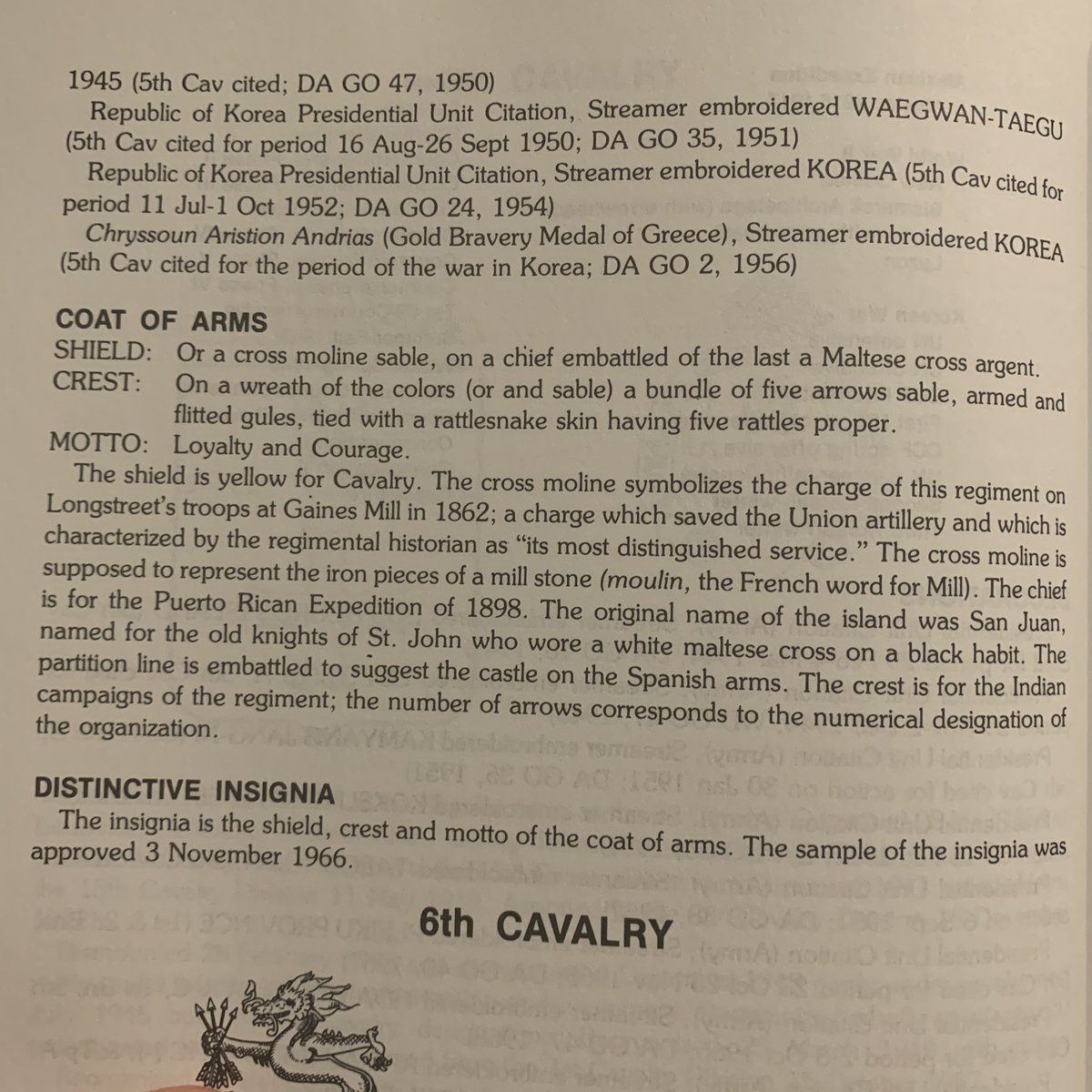
5th Cavalry Regiment’s battalions live under the 1st Cavalry Division, which was formed in 1921 and first saw combat in WWII. 1cda.org/history/
First battalion, 5th Cavalry Regiment now lives in 2nd Brigade Combat Team, but its lineage has nothing to do with that Brigade or that Division. history.army.mil/html/forcestru…
Slapping this regimental affiliation over the top of the battle groups created a lot of confusion that we still live with today.
For another example – some people think that Colonel Andy Saslav, Commander of @Strike_Hold in the @82ndABNDiv is the 504th Regimental Commander. This is wrong.
COL Saslav is the Devil BRIGADE Commander. But not the 504th Parachute Infantry Regiment (PIR) Commander.
history.army.mil/html/forcestru…
There is no 504th Parachute Infantry Regiment HQ, but there IS a regimental commander. This is NOT the same as the Brigade Commander. Which is clearly confusing so it’s no wonder people get it mixed up.
Under CARS, the lowest numbered battalion of a regiment carries on the regiment as the HONORARY Regimental Commander. In the case of 504th PIR, the 1-504 (White Devils) Commander, Lieutenant Colonel Scotty McKay, is the 50th Regimental Commander. #DealWithIt
Most brigades in the US Army do not have 3 battalions from the same regiment. They have a Combined Arms “mix’ – so Brigade Combat Teams generally carry an amalgamation of lineages.
Now you’ve got all these Brigade Commanders running around the Army thinking they are Regimental Commanders. But they’re not.
The Brigade Headquarters actually takes its lineage from the Division, NOT the Regiment.
(And we’re back to Charlie 😂)
Anyway, let’s get this show back on the ROAD.
CARS is a precursor to ROAD. The basic idea for ROAD (Reorganization Objective, Army Divisions) began in 1959/1960, at the end of the Eisenhower administration, in an effort to make the Army more modular.
Instead of whole Divisions with singular functions, ROAD allowed for a force structure that could break up and fight in smaller units with all of the functions of a combined arms organization.
Under ROAD, the Pentomic structure’s five Battle Groups were replaced with triangular Reorganization of Combat Arms Divisions (ROCAD) in 1963. With ROCAD, Divisions would now have 3 Brigades with 3 Battalions each.
fortgordon.com/tactical-organ…
ROAD improved the Command and Control structure. Now the Brigade serves as an intermediary HQ between the Division Commander and the Combat Battalions.
Under ROAD, the Brigade grew into a flexible organization with no permanent elements. A ROAD Brigade might have several different kinds of units assigned to it.
For example, it might contain 3 Light Infantry Battalions or 2 Mechanized Infantry & 1 Armor Battalion, or 1 Light Infantry, 1 Mechanized, and 1 Armor Battalion. Plus the support units.
The typical number of maneuver battalions was 3. However, this was a guideline, not a rule.
So, ROAD was a big hit and the regimental system has remains with us ever since.
GEN DePuy launched an effort to reorganize the Army’s major tactical unit: the heavy division.
history.army.mil/html/books/070…
ROAD divisions were heavy in technical assets (both armor and aviation related). But commanders complained of shortages of technical support personnel, aircraft, vehicles, and other equipment.
If you’ve like to read more into this, the @TRADOC Historical Monograph Series “The Army of Excellence: The Development of the 1980s Army” by John L. Romjue, 1997 covers it in greater detail history.army.mil/html/books/069…
The biggest issue with CARS is that it still confuses the hell out of other services and nations. Partners and Allies often get confused because the units don’t align.
Confusing as it may be, the @USArmy’s regimental system is actually quite functional when compared to others.
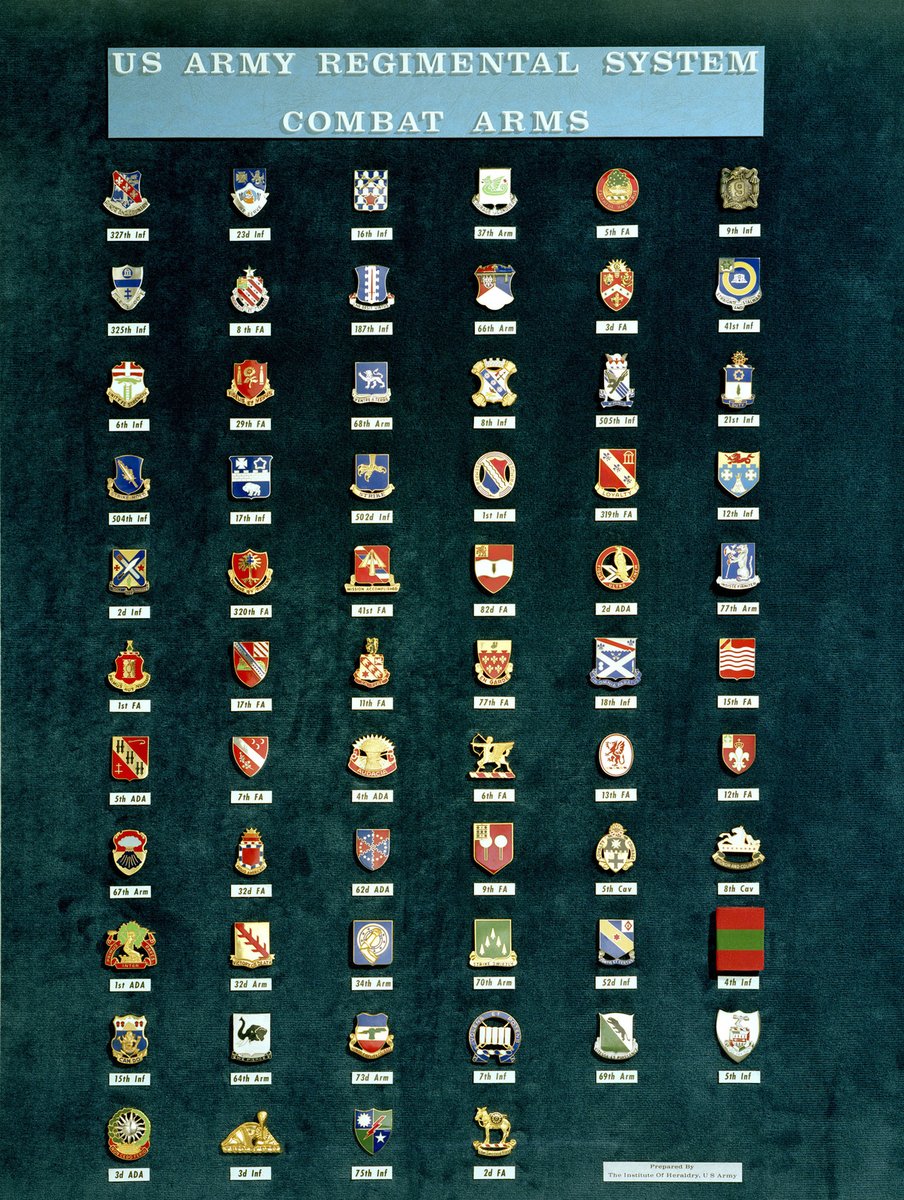
It generally requires an explanation: these units are in the same regiment, but they might not be anywhere near each other.
Our 17th Cavalry Regiment is a good example how messy the US Army regimental system can get. 🤠Check this out:
▪️ 1st Squadron w/ @82ndABNDiv at Fort Bragg
▪️ 2nd Squadron is w/ @101stAASLTDIV at Fort Campbell
▪️ 3rd Squadron w/ @3rd_Infantry at Hunter Army Airfield
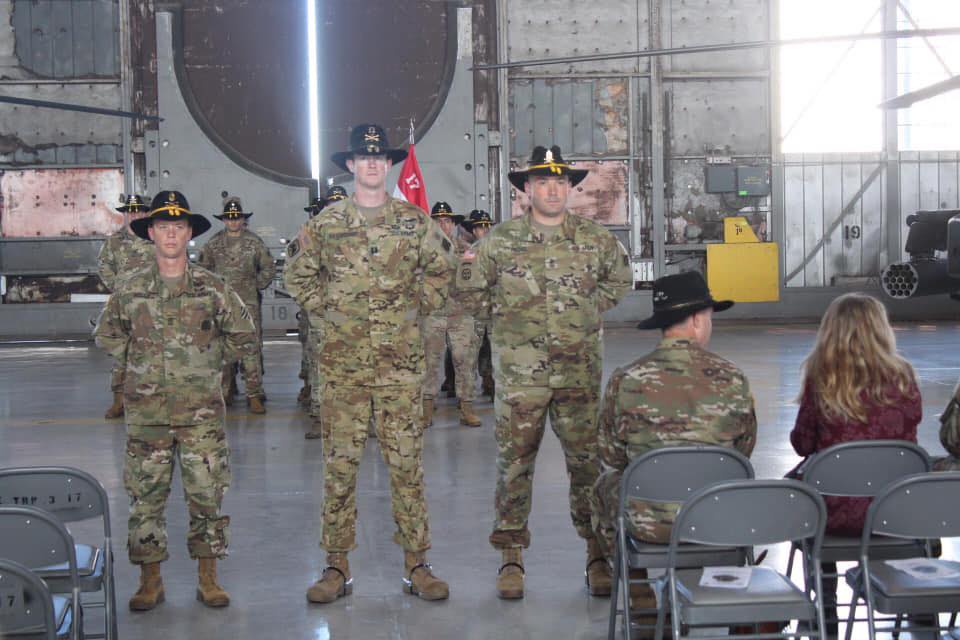
Then 17th Cav’s 6th Squadron 🤠 is with 4th Infantry Division, at @USArmy_FtCarson but 7th Squadron is part of @1stCavalryDiv at @forthood.
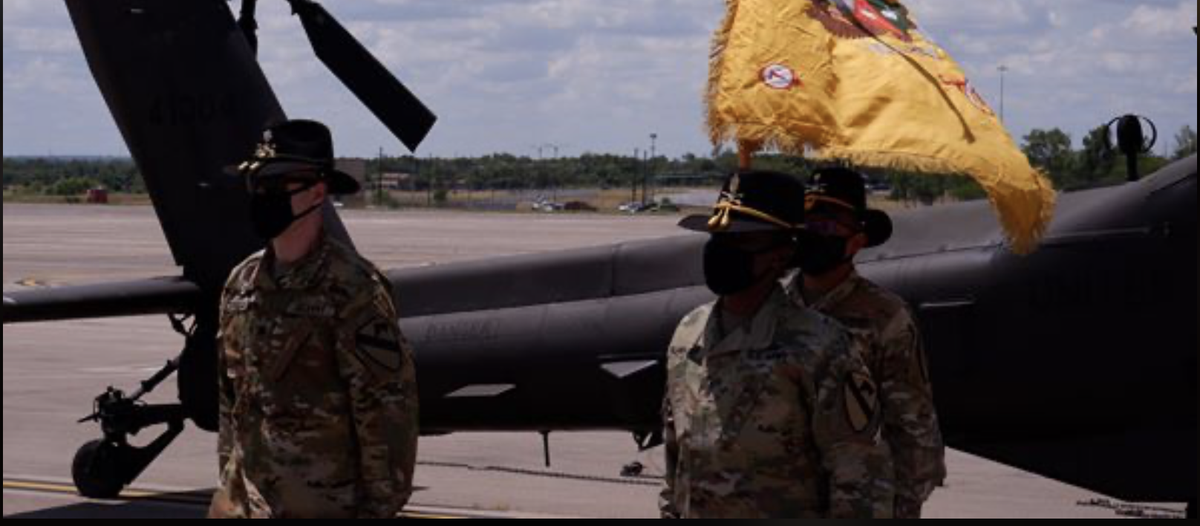
The entire system is generally confusing for people who are not really familiar with it. Even people who are familiar with it get confused at times.
But the key takeaway here is that the CARS system and the ROAD system – both outgrowths of the #AtomicAgeArmy, remain with us today and define our organizational structure.
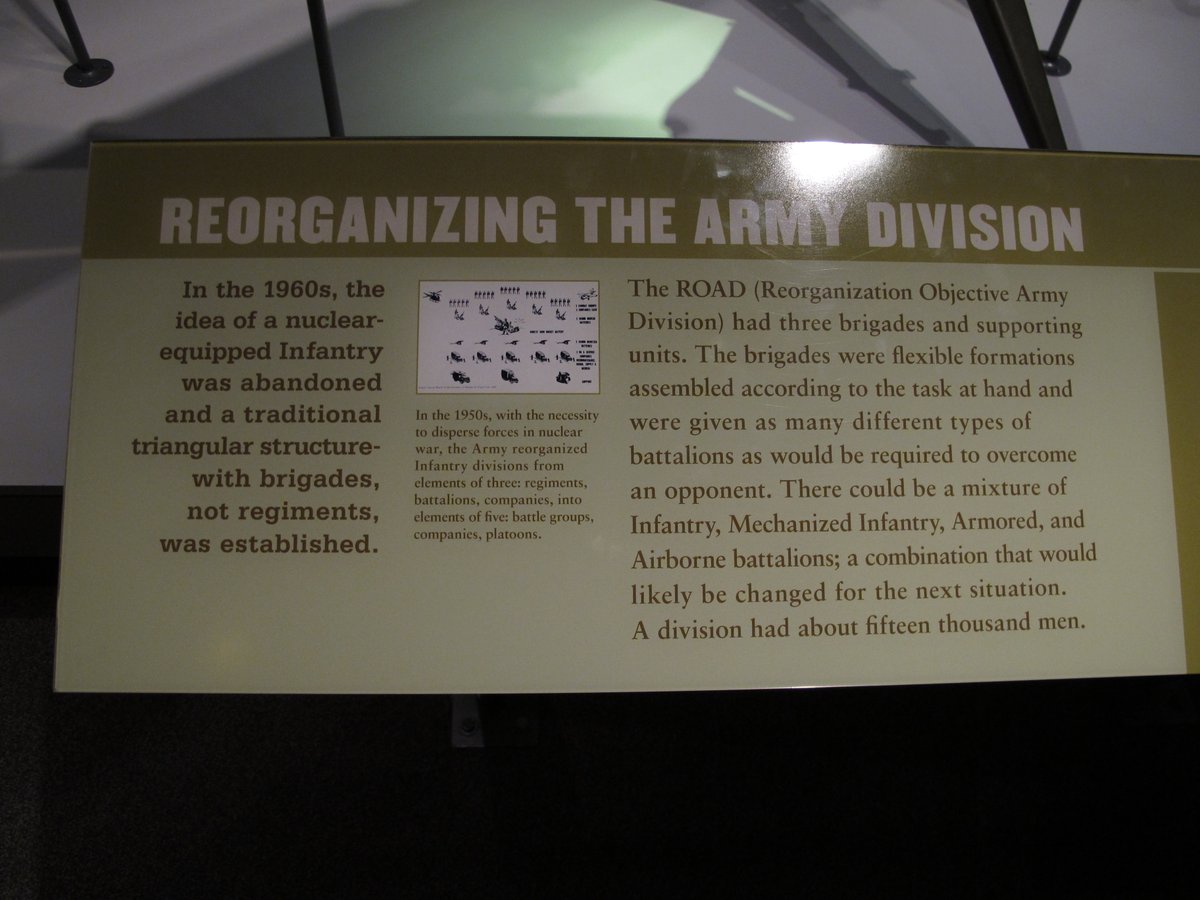
If you’d like to read more about the ROAD concept, check out this @USArmyCMH publication: Maneuver and Firepower: The Evolution of Divisions and Separate Brigades, 1998
history.army.mil/html/books/060…

Some additional resources ~
Chapter 6 of “The Brigade: A History, Its Organization and Employment in the US Army” by John J. McGrath, 2004 vietnam.ttu.edu/exhibits/helic…
Toward Combined Arms Warfare: A Survey of 20th Century Tactics, Doctrine, and Organization by Captain Jonathan M. House, 1984
apps.dtic.mil/dtic/tr/fullte…
Evolution of the US Army Division 1939 – 1968 by Virgil Ney, 1969
apps.dtic.mil/dtic/tr/fullte…
From @RANDCorporation “Evolution and Endurance: The US Army Division in the Twentieth Century” by Richard W. Kedzior, 2000
rand.org/content/dam/ra…

The Pentomic Era: The US Army Between Korea and Vietnam by A. J. Bacevich, 1986
apps.dtic.mil/dtic/tr/fullte…
Sixty Years of Reorganizing for Combat: A Historical Trend Analysis from the Combat Studies Institute, 1999
cgsc.contentdm.oclc.org/cdm/ref/collec…
Army Lineage Series – Infantry Part I: Regular Army by John K. Mahon and Romana Danych, 1972
history.army.mil/html/books/060…
Army Lineage Series – Armies, Corps, Divisions, and Separate Brigades by John B. Wilson, 1999 (a whopping 852 pages)
history.army.mil/html/books/060…
Actually, there are some others that might be of interest from that Army Lineage Series if anyone else wants the link history.army.mil/html/forcestru…
















